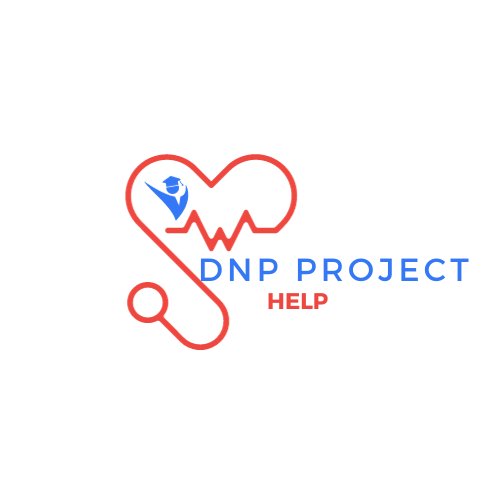
Introduction
A reflective essay provides a platform for learners, particularly nurse trainees, to articulate their thoughts and emotions in response to experiences. It serves as a tool for them to demonstrate what they’ve learned and how they intend to apply their newfound knowledge. Through these essays, nurse trainees bridge the theoretical realm of their studies with the practicalities of the real world. This essay delves into my reflections on nursing professional practice, personal strengths, and weaknesses, all of which surfaced during the DNP-825 course.
The DNP program stands as a catalyst for learners to shape healthcare policies and lead innovations. It rests on the foundations of analytic principles, nursing theory, robust leadership, and evidence-based practice. My journey through DNP 825 has not only broadened my understanding but has equipped me with strategies to elevate safety and quality in healthcare.
A pivotal revelation has been understanding my role in patient safety. Glasper (2021) advocates that all healthcare professionals should comprehend their responsibilities in upholding patient safety, including familiarity with organizational procedures. I’ve come to appreciate the significance of engaging with patients, actively listening, and ensuring their satisfaction as integral components in promoting patient safety initiatives. Equally crucial is ensuring that patients, their families, and caregivers are well-informed about the intricacies of the patient’s care.
The course has shed light on the indispensable role of technology in healthcare outcomes. Technology emerges as a linchpin for safe, efficient, and patient-centered care. DNP 825 has armed me with the skills to adeptly use patient care and information technologies for both leadership and clinical decision-making. Technology’s role in reducing medical errors is underscored, by improvements in access to reference information cited by Clapper and Ching (2020). Moreover, communication technology, encompassing mediums like text messaging and online portals, not only fosters improved communication between patients and healthcare providers but also enhances patient-centred care and convenience.
An emerging appreciation revolves around the importance of inter-professional collaboration in healthcare outcomes. Collaborative efforts stand as bulwarks against medication errors, elevate patient satisfaction, and contribute to overall improved patient outcomes. Inter-professional collaboration, as evidenced by research by Tomasik and Fleming (2015) and Chang et al. (2009), not only reduces the average length of stay but also enhances staff relationships and job satisfaction. It recognizes the unique contributions of each team member, levelling the working environment and ensuring equitable participation within the care team. In essence, it becomes a shared journey where each member’s voice is acknowledged for the collective benefit of both staff and patients.
In the DNP 825 course, I’ve gained insights into important ethical considerations in healthcare. These include responsibly using big data without losing sight of the human aspect, safeguarding patient privacy when using population health data, and applying artificial intelligence and robots ethically. Electronic health records, which serve as centralized patient histories, have automated healthcare processes. However, I’ve learned that they pose a risk to privacy, and healthcare providers must prioritize protecting patient data. Robotic health workers, though a solution to labour shortages, raise concerns about dehumanization and fairness for patients.
Discovering personal strengths during DNP 825 has been empowering. I’ve honed skills in analytic methods to improve patient outcomes, actively engaged in interdisciplinary collaborations for better healthcare delivery, policy, and care coordination, and recognized the importance of effective communication, considering cultural differences.
Identifying weaknesses is part of growth. I realized a lapse in data security by storing information in unencrypted cloud folders, making it vulnerable to hackers. Learning from this, I’ll adhere to healthcare data security practices. Another weakness relates to patient communication. I now understand that informing patients about their care is crucial in preventing medical errors. It doesn’t mean patients should have equal knowledge, but providing detailed information fosters good relationships and a sense of professional competence.
In conclusion, DNP 825 has shaped me into a strategic leader and thinker in the evolving healthcare industry. The curriculum, carefully designed with future trends in mind, has equipped me with the ability to engage in patient-centered, evidence-based nursing practice. I can collaborate effectively, reduce medical errors, and translate knowledge into policies to address health disparities, enhance care access, and advocate for equity and social justice.
References
Cantiello, J., Kitsantas, P., Moncada, S., & Abdul, S. (2016). The evolution of quality
improvement in healthcare: patient-centered care and health information technology
applications. J Hosp Admin, 5(2), 62-8. http://dx.doi.org/10.5430/jha.v5n2p62 Chang, W. Y., Ma, J. C., Chiu, H. T., Lin, K. C., & Lee, P. H. (2009). Job satisfaction and
perceptions of quality of patient care, collaboration, and teamwork in acute care hospitals. Journal of advanced nursing, 65(9), 1946-1955. https://doi.org/10.1111/j.1365- 2648.2009.05085.x
Clapper, T. C., & Ching, K. (2020). Debunking the myth that the majority of medical errors are attributed to communication. Medical education, 54(1), 74-
81. https://doi.org/10.1111/medu.13821
Coco, K., Kangasniemi, M., & Rantanen, T. (2018). Care personnel’s attitudes and fears toward care robots in elderly care: a comparison of data from the care personnel in Finland and Japan. Journal of Nursing Scholarship, 50(6), 634-644.https://doi.org/10.1111/jnu.12435
Glasper, A. (2021). The importance of upholding the duty of candor during patient care. British Journal of Nursing, 30(1), 74-75. https://doi.org/10.12968/bjon.2021.30.1.74
Shuaib, M., Alam, S., Alam, M. S., & Nasir, M. S. (2021). Compliance with HIPAA and GDPR in blockchain-based electronic health records. Materials Today: Proceedings.https://doi.org/10.1016/j.matpr.2021.03.059
Stangierski, A., Warmuz-Stangierska, I., Ruchała, M., Zdanowska, J., Głowacka, M. D., Sowiński, J., & Ruchała, P. (2012). Medical errors–not only patients’ problem.
Archives of medical science: AMS, 8(3), 569. doi:10.5114/aoms.2012.29413
Tomasik, J., & Fleming, C. (2015). Lessons from the field: promising interprofessional collaboration practices. Philadelphia: CFAR, 2-
48. https://aohp.org/aohp/Portals/0/Documents/ToolsForYourWork/free_publications/Inte rprofessionalCollaborationLessons%203-15.pdf
Must Read:



